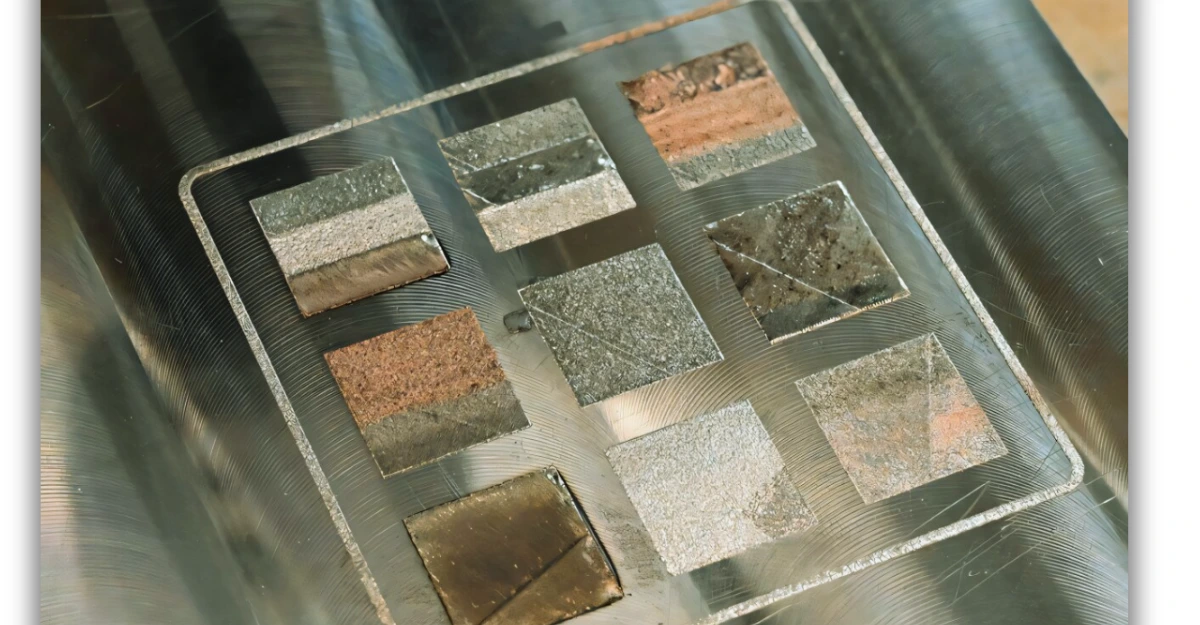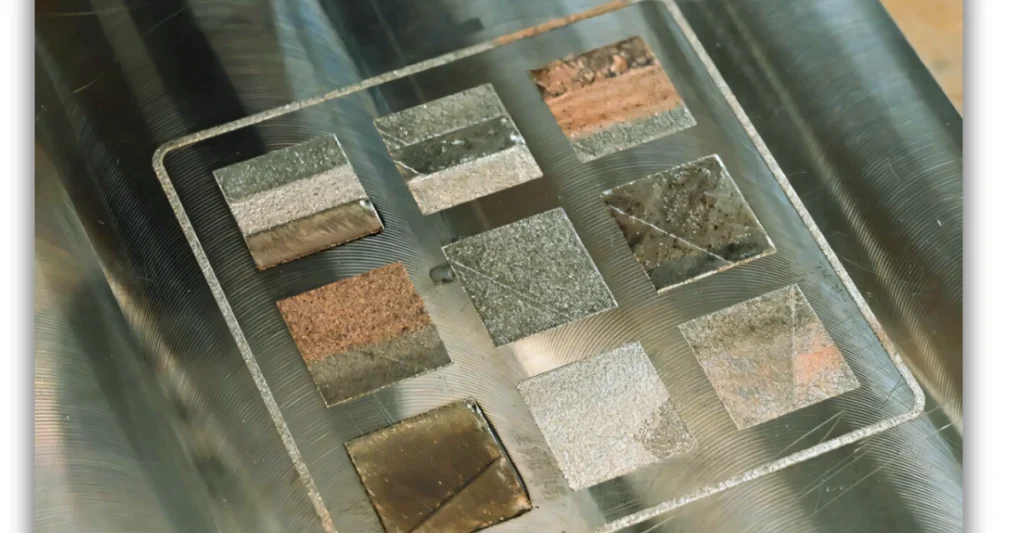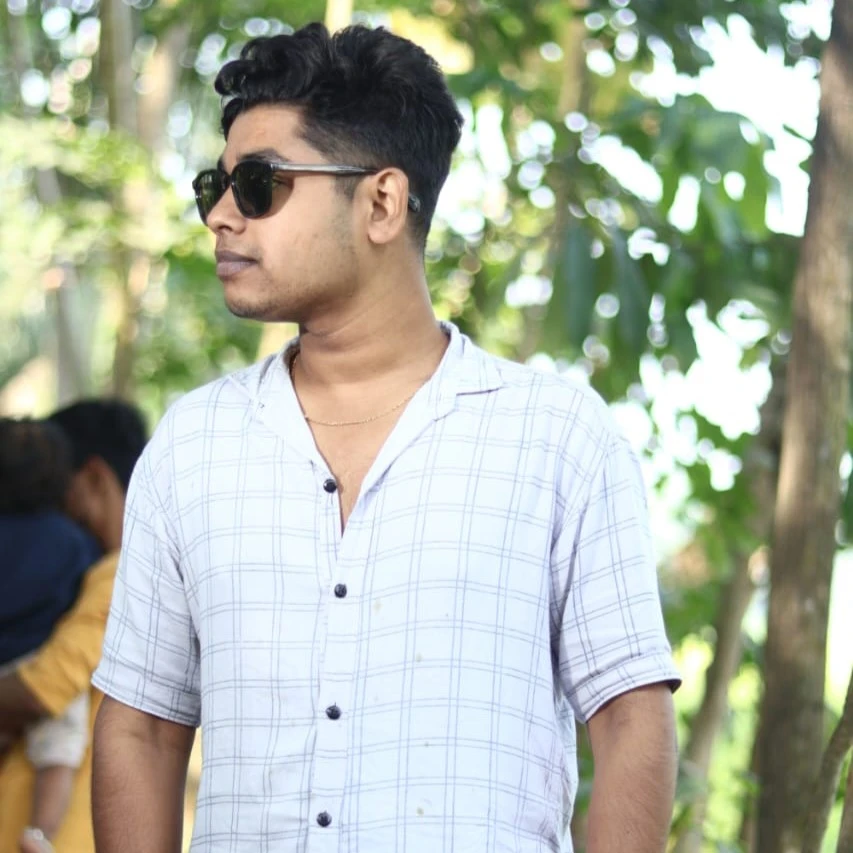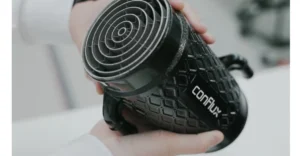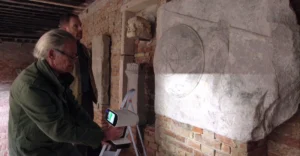Penn State researchers successfully 3D print complex structures using two metals simultaneously with innovative laser technology.
Penn State researchers have developed a groundbreaking 3D printing method that successfully fuses two different metals into a single complex structure, a feat previously achievable only through welding.
The team used multi-material laser powder bed fusion to print a complex structure combining low-carbon stainless steel and bronze, which consists of 90% copper and 10% tin. Their findings were published in npj Advanced Manufacturing.
“In a process called selective powder deposition, we can now melt multiple powdered metals in a single layer during the additive manufacturing process – and we were the first university in the US to do so,” said Jacklyn Griffis, doctoral candidate in mechanical engineering and first author of the paper.
The fine metal powders used in the process are tens of microns in diameter, comparable to flour. Researchers can selectively deposit the powder with micron-level resolution before fusing it together with a laser.
The work utilized an Aerosint selective powder deposition system, which the Center for Innovative Materials Processing Through Direct Digital Deposition (CIMP-3D) acquired in August 2023. This system was integrated into an existing 3D Systems ProX320 AM machine in the Systems for Hybrid-Additive Process Engineering (SHAPE) Lab at CIMP-3D.
“We now have the processing technology to print these multi-material metal parts, as well as a way to monitor the melt pool and observe and address potential issues in real-time,” explained Guha Manogharan, associate professor of mechanical engineering, head of the SHAPE Lab, and co-director of CIMP-3D.
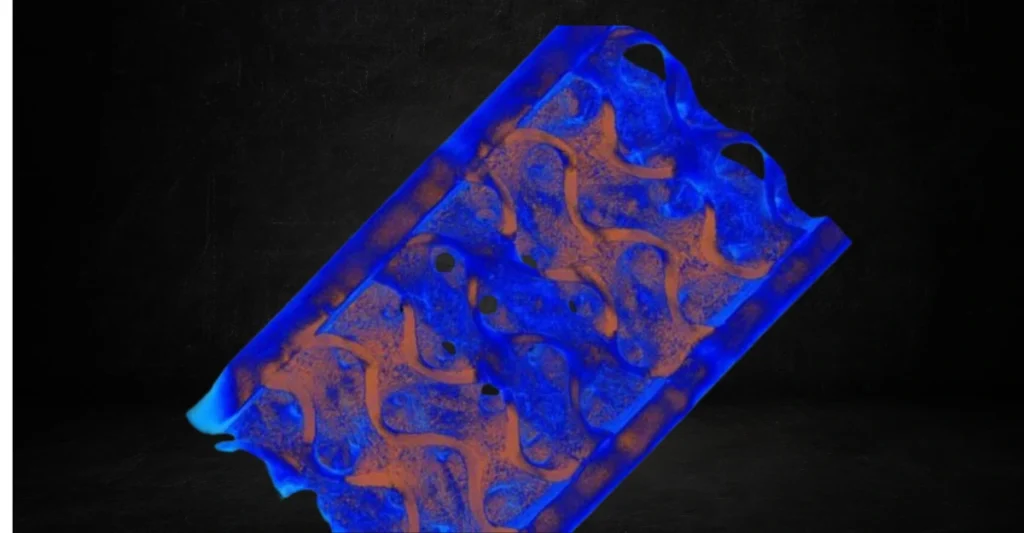
The researchers create digital 3D renderings of parts through CT scans to detect pores, cracks at interfaces, or micron-scale defects that might develop during printing.
Printing two metals simultaneously presented complex challenges regarding processing conditions and part quality. The team analyzed how build orientation affected the final structure when printed upright, flat, or on its side.
“In our analysis, we connected the part’s build orientation to observations about the structure, including defects like cracking and porosity, interfacial microstructures, and element diffusion across the interface,” said Griffis. “We then connected those printed defects to the part’s performance.”
The researchers created a sophisticated three dimensional structure called a gyroid which can be utilized in heat exchangers and even biomedical implants. This specific shape was selected to showcase the astounding features of multi-material laser powder bed fusion because it is the only process that can fabricate a multi-material gyroid.
“Penn State has always been a leader in metal additive manufacturing, but we now have the ability to manufacture complex multi-material parts, where we can not only make complex designs but control precisely where each material is placed,” said Manogharan.
The researchers emphasized the need to understand why parts fail at the interfaces between different materials to advance toward full production capabilities. Their work aims to identify the causes of defects based on materials and manufacturing conditions.
Future research will incorporate an in-process monitoring system to transform the 3D printing method into a more robust, production-ready process. The team also plans to expand their work to include other metal alloys in multi-material laser powder bed fusion, such as Inconel and copper.
Read more : LulzBot Unveils TAZ 8 3D Printer With Larger Build and Better Precision
Each technological shift acts a frontier to be explored which can have a serious impact on multiple industries like additive manufacturing. At the core of this advancement is the ability to build sophisticated structures with different characteristics in a single print with ease. Single Print Advanced, as I prefer to call it, could very well finely place material in a structure in a way that might change a number of industries for good.
The research participants included Griffis and Manogharan, along with Kazi Shahed, who was a graduate student in industrial and manufacturing engineering. Also took part Matthew Lear, associate research professor of engineering science and mechanics; Kenneth Meinert, a former assistant research professor; and Buket Yilmaz, a mechanical engineering master’s graduate from Penn State.
This work received support from the Applied Research Laboratory’s Walker Graduate Assistantship and the U.S. National Science Foundation.


